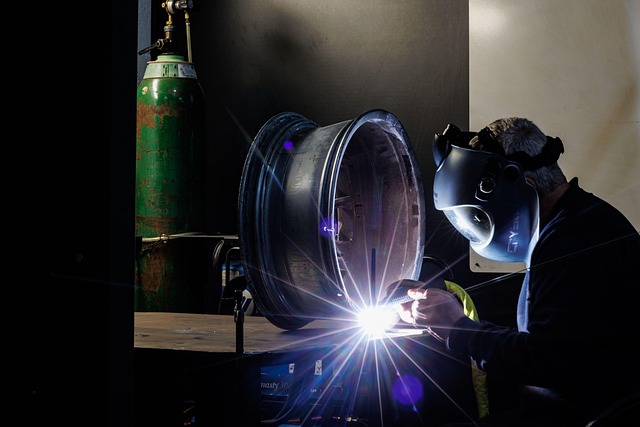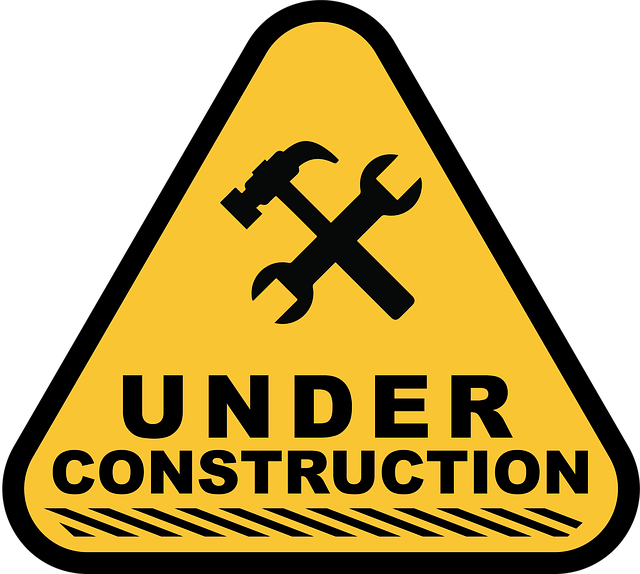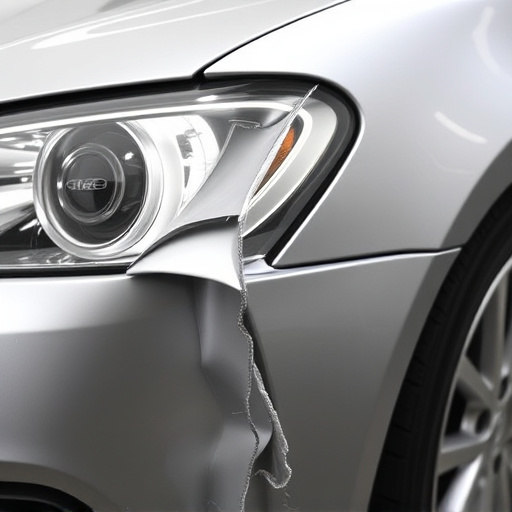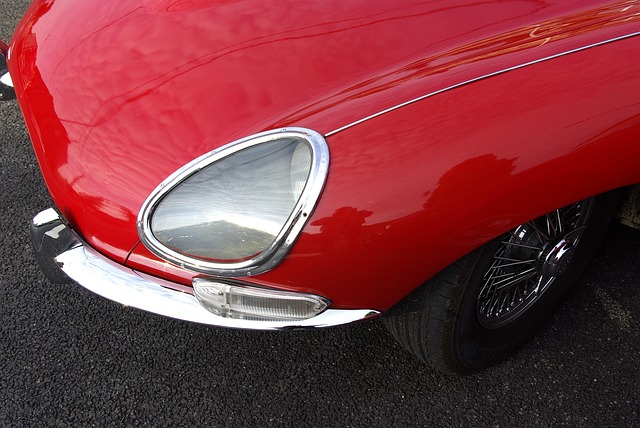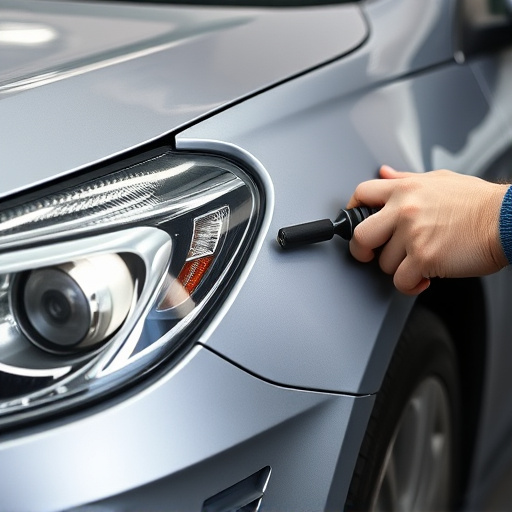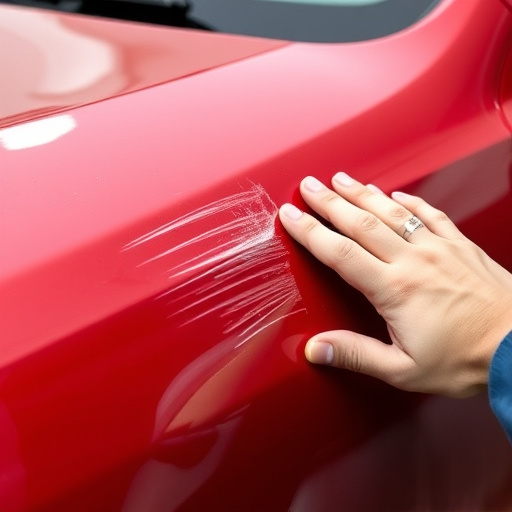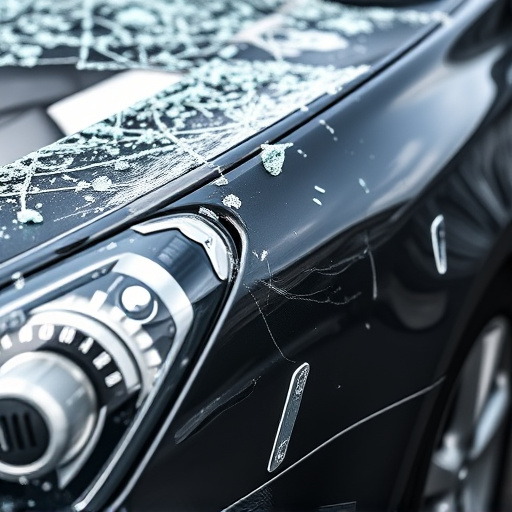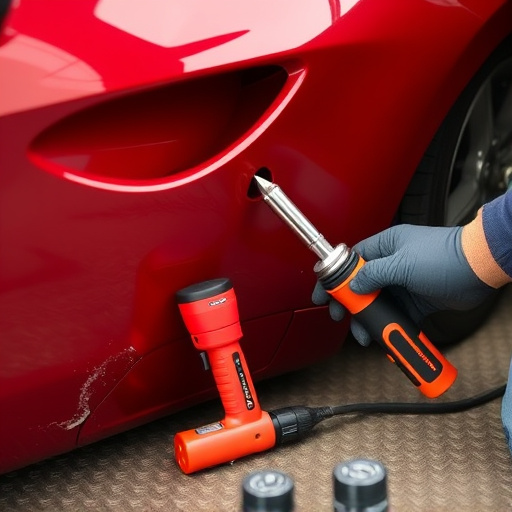Mercedes run-flat tire replacement requires understanding regional regulations and safety considerations. While regular tires offer improved performance and fuel efficiency, run-flats provide enhanced safety features. The switch involves specialized knowledge for wheel alignment, clearance checks, and potential frame adjustments. Choice between them depends on driving needs, travel frequency, and vehicle undercarriage condition.
Considering replacing your Mercedes’ run-flat tires with regular ones? It’s a common question among owners. This guide explores the feasibility of switching from Mercedes’ proprietary run-flats to standard tires, delving into legalities, safety, and performance implications. We’ll break down the process, compare driving dynamics, and provide insights on maintaining optimal safety and legality. By the end, you’ll have a clear understanding if replacing run-flats with regular tires is the right choice for your Mercedes.
- Understanding Mercedes Run-Flat Tires
- Legalities and Safety Considerations
- Installation and Performance Comparison
Understanding Mercedes Run-Flat Tires
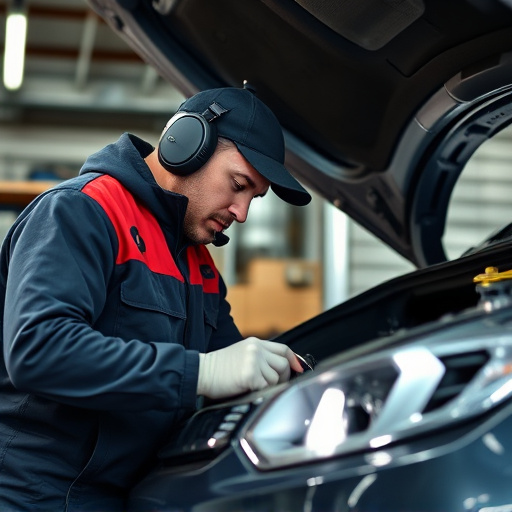
Mercedes run-flat tires are designed to provide drivers with enhanced safety and convenience features. These specialized tires are equipped with a built-in air pressure system, allowing them to maintain their structural integrity even when deflated due to a puncture or collision damage repair. This innovative technology ensures that drivers can continue their journey safely, without the need for an immediate change of tire or a trip to an auto painting service for repairs.
While run-flats offer significant advantages in terms of safety and reduced downtime, they are not universally suitable for all Mercedes models or driving conditions. Over time, these tires may require replacement due to wear and tear, particularly if the vehicle is used extensively or exposed to challenging terrain. Understanding when to replace run-flat tires is crucial for maintaining optimal performance and ensuring a seamless driving experience, especially in classic car restoration projects where both functionality and historical accuracy are paramount.
Legalities and Safety Considerations

When considering replacing run-flat tires with regular ones on a Mercedes, it’s crucial to understand the legalities and safety implications involved. Every region has its own set of regulations regarding tire types and specifications, especially for high-performance vehicles like Mercedes. It is the owner’s responsibility to ensure compliance with local laws. Non-compliance can result in fines or even vehicle impoundment.
Safety is paramount when making such a change. Run-flat tires are designed to withstand punctures and maintain traction, providing enhanced stability during automotive collision repair scenarios. Regular tires, without this specialized design, may not offer the same level of protection. This is particularly important for Mercedes owners who value advanced safety features. Moreover, proper installation of regular tires by qualified auto repair services is essential to maintain optimal performance and prevent unexpected issues on the road, especially considering the vehicle’s sophisticated suspension systems.
Installation and Performance Comparison

Replacing run-flat tires with regular ones on a Mercedes is a process that requires careful consideration and expertise. While it might seem like a straightforward task, swapping these specialized tires demands a nuanced approach due to their unique design and functionality. The installation process involves more than just changing the rubber; it entails aligning the wheel, ensuring proper clearance, and sometimes even frame adjustments to accommodate the different tire profile.
In terms of performance comparison, regular tires offer a more traditional driving experience, enhancing cornering precision and providing a smoother ride. They also typically have a lower rolling resistance, which can translate to better fuel efficiency. However, run-flat tires are designed for temporary use in case of a puncture, offering enhanced safety features like increased traction and stability on damaged rims, which are often required during hail damage repair or post frame straightening and auto painting processes. The choice between the two depends on individual driving needs, frequency of travel, and the condition of the vehicle’s undercarriage.
While it’s technically possible to replace Mercedes run-flat tires with regular ones, it involves careful consideration. Legally, some regions allow the practice, but safety standards vary. In terms of performance, regular tires offer a different driving experience compared to run-flats, with potential trade-offs in handling and noise levels. Ultimately, the decision depends on your preferences, local laws, and how you plan to use your Mercedes. For a seamless transition, consulting a professional mechanic is advisable. Remember that, in terms of Mercedes run-flat tire replacement, understanding both the legalities and performance implications is key to making an informed choice.

